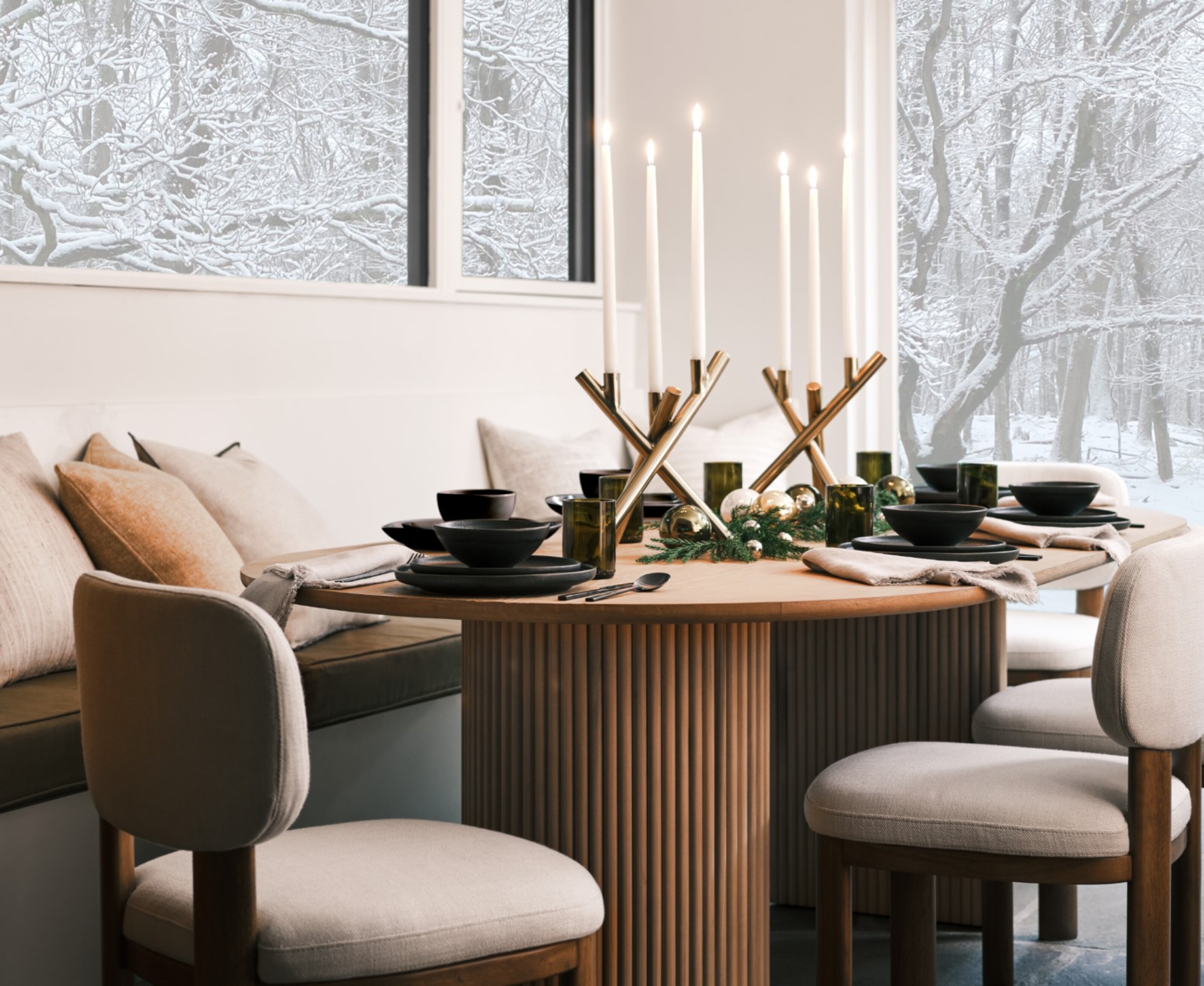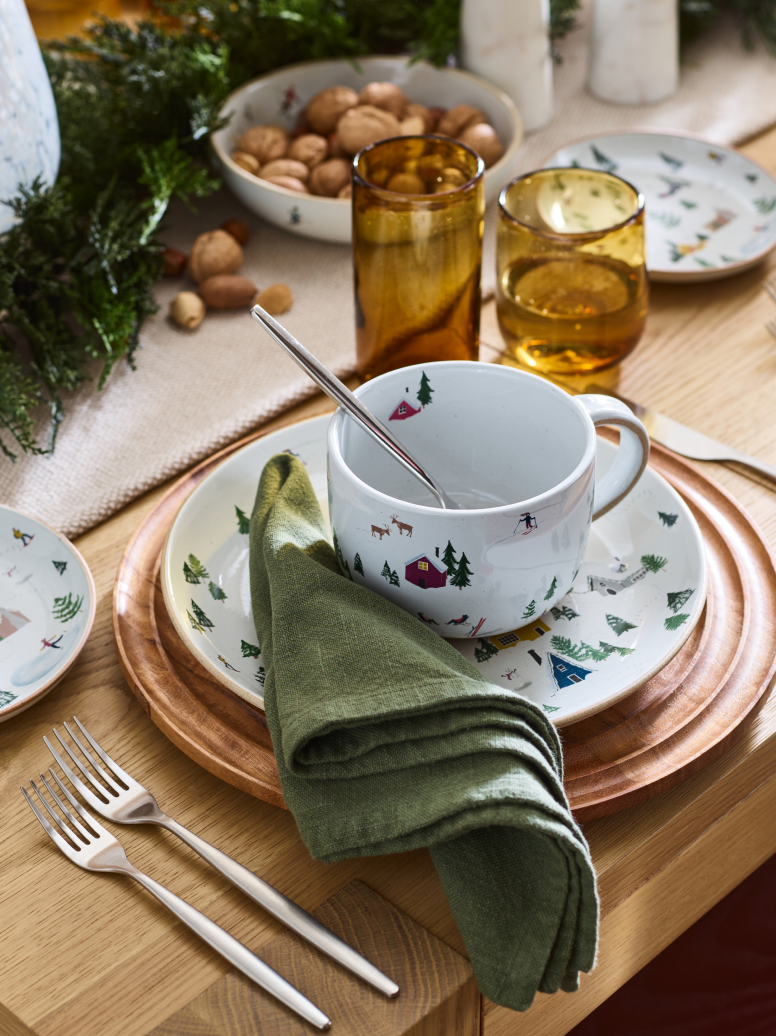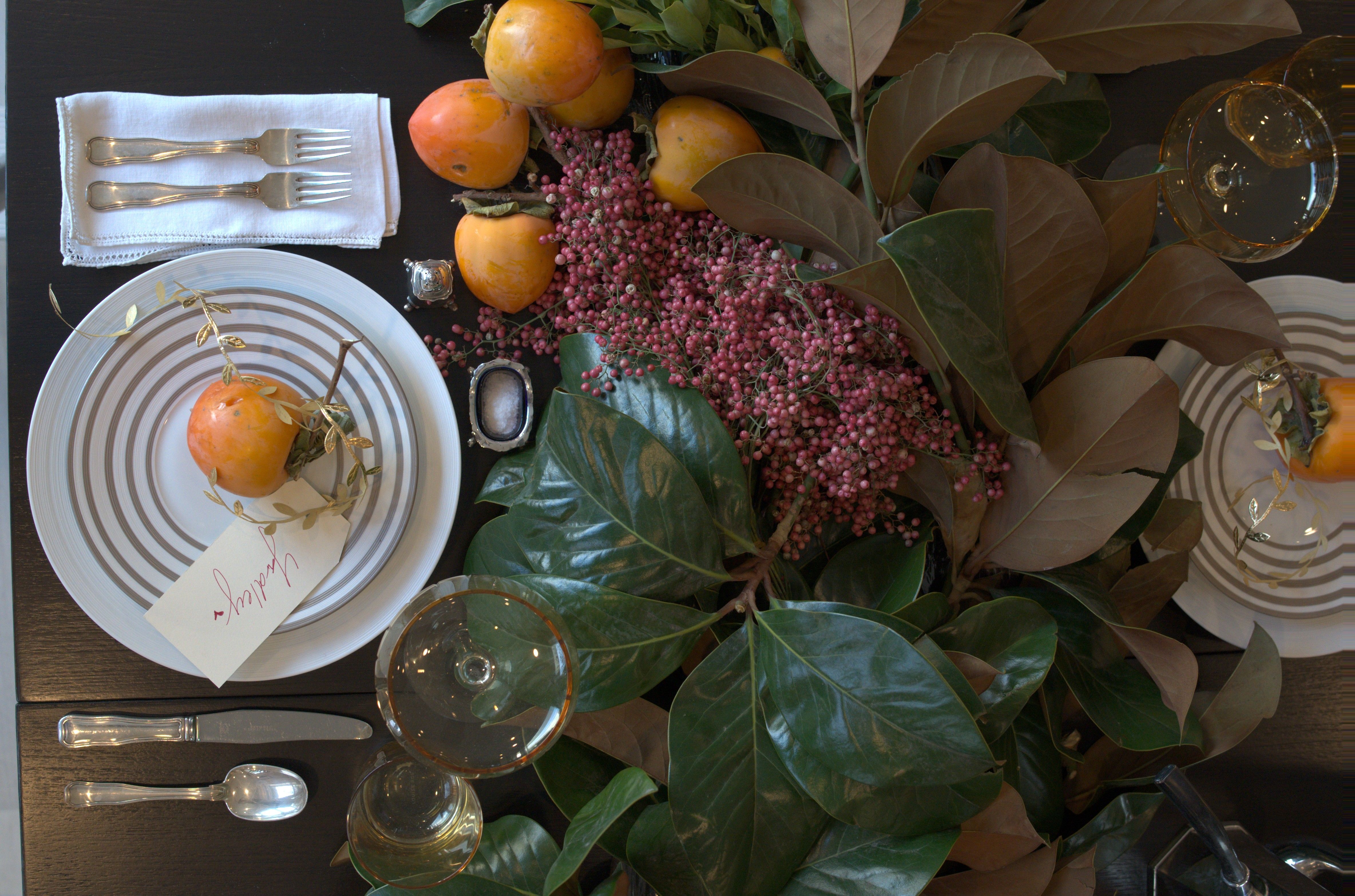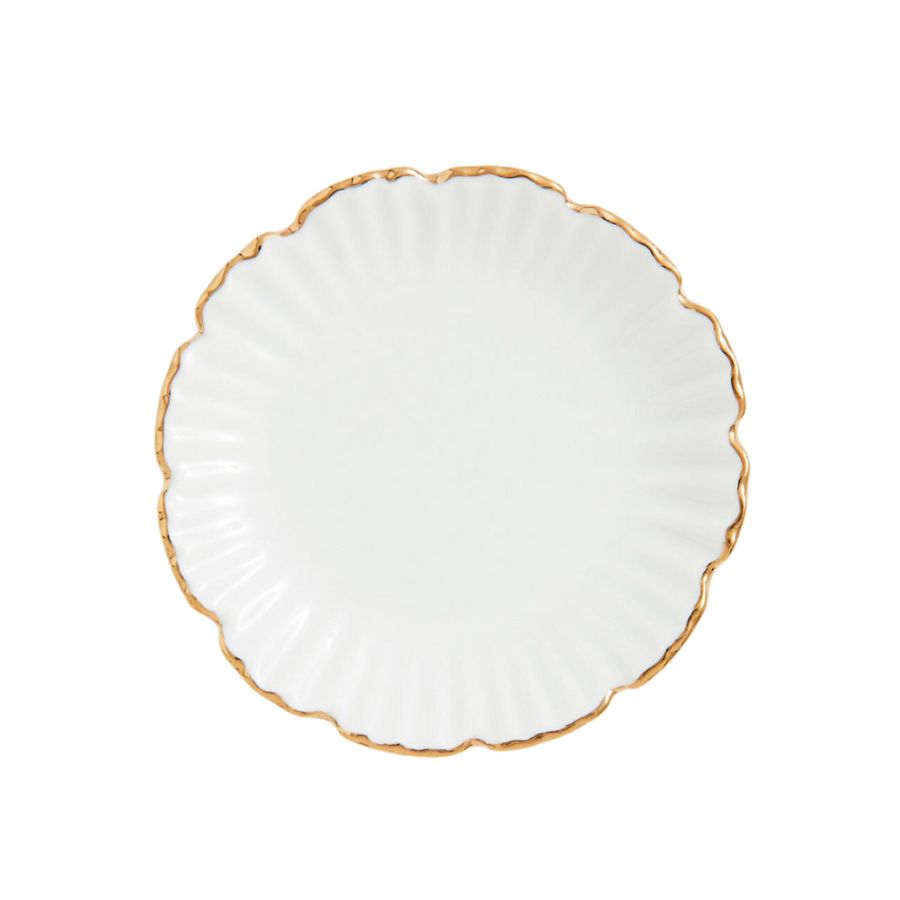I've Been Laying Cutlery Wrong This Whole Time! 5 Things People With Properly-Set Tables Always Do
Not sure how to set the table for dinner properly? We asked the people with the best-dressed tables about the proper etiquette for your flatware


Setting the table is an important aspect of any dinner party, but it's not all about the centerpiece and table decor. Perfectly laid cutlery demonstrates to your guests that you practice proper tableware etiquette, and shows that you're going the extra mile to host the ultimate soirée.
However, the traditional standards for laying the table might not feel the most modern, and while multiple knives and forks can look professional, it isn't necessarily a great idea if you lack space or have a small dining room and many guests. To help, we've spoken to etiquette experts and have developed five essential rules for laying your cutlery for an elegant set-up this festive season.
1. Consider what you're serving
Firstly, if you're hosting a dinner party, consider the menu and make sure what you're serving your guests matches your cutlery. The menu dictates what should be placed at each setting. If you are not serving salad, there is no need to set a salad fork. Similarly, if there isn't going to be a bread and butter course, you won't need to plan for room for a butter plate and knife.
If you are serving steak, remember to provide a steak knife, and similarly, a fish knife is the perfect utensil if you're serving fish. 'If serving soup, the soup spoon can be placed to the right of the knives,' says Evelyn Benatar, associate designer at New York Interior Design, Inc. The best dinnerware sets should be complete with every type of knife and fork you will need for all sorts of menus.
2. Order the cutlery

The traditional style for cutlery requires you to place your cutlery on the dining table in the order of use, starting from the outside and working inwards with each course. Those furthest from the plate are used first and those closest are used last.
In formal establishments, you might have noticed that the fork and cutlery pairings seem endless, but in fact, the general rule of thumb is that three forks should be the maximum. More than that overcomplicates the table setting, takes up precious space, and probably confuses your guests.
'It is customary to dress the table with forks on the left, knives, and spoons on the right,' says stylist and designer, Liz Barbatelli. 'All knives should be placed with the blade facing towards the center of the setting and cutlery type is placed by course from the outside in as we work our way towards the plate as we dine.'
The Livingetc newsletters are your inside source for what’s shaping interiors now - and what’s next. Discover trend forecasts, smart style ideas, and curated shopping inspiration that brings design to life. Subscribe today and stay ahead of the curve.
3. Think about what goes above the plate too

It's not just about the cutlery on either side. In the modern dining room, it's important to consider what goes above the plate too. A butter plate is a small round plate and typically sits either to the left of the plate or to the upper left of the plate. A small butter knife or blade should sit horizontally over the plate, with the blade facing to the left and away from the plate.
'The butter knife sits happily beside the bread plate on the upper left side of the dinner plate, while glasses are placed on the upper right with the water glass on the inside, then white, red, and Champagne,' says Liz.
Dessert utensils also sit above the main dinner plate. 'If serving dessert, you can place the dessert fork or spoon above the plate, parallel to the table edge, with the fork tines or spoon bowl pointing left,' says Evelyn. 'Cheese fork and knife, dessert fork, and spoon go above the place setting too,' says Liz.
4. Set the table for symmetry
The most aesthetically pleasing tablescapes are super symmetrical. It pays to be a bit meticulous when it comes to laying your cutlery, especially if you have a small dining table as it can help you make room for more space. Make sure that the spaces between cutlery pieces are equal and straighten knives and forks so everything looks neat. Make sure everything is mirrored on the other side of the plate and remember that the bottom of your utensils should be level with the main plate too.
5. Don't forget napkins

Finally, remember napkins to finish off each place on the table. There are no hard and fast rules as to what to do with your napkin, but napkins do present an opportunity to be creative. You can fold the napkin in half and place it neatly on the center of the plate, pointing in the same direction as your knives do on the table. You can also place it underneath the forks.
Current dining table trends call for a little DIY when it comes to napkins. Try tying your napkins with ribbon and a dried slither of orange for a festive look, or go for a brightly colored bow for a birthday meal. If you're not feeling creative, go for a napkin ring. 'Napkin rings are a great way to add a pop of color and accessorize dinner linens,' say Atelier Saucier founders, Nikki Reed and Staci Inspektor. 'Alternatively, tie it with a bow, or our set of reusable gift ribbons paired with our noir royale napkins will instantly add unique flair to your tabletop.'
Think about the material too. Go for linen or cotton for something more refined and sophisticated, but high-quality paper can also do the job - just remember they're single-use, so investing in some beautiful fabric napkins might be your best bet.
3 Buys For The Perfect Dining Table

Former content editor at Livingetc.com, Oonagh is an expert at spotting the interior trends that are making waves in the design world. She has written a mix of everything from home tours to news, long-form features to design idea pieces, as well as having frequently been featured in the monthly print magazine. She is the go-to for design advice in the home. Previously, she worked on a London property title, producing long-read interiors features, style pages and conducting interviews with a range of famous faces from the UK interiors scene, from Kit Kemp to Robert Kime. In doing so, she has developed a keen interest in London's historical architecture and the city's distinct tastemakers paving the way in the world of interiors.


